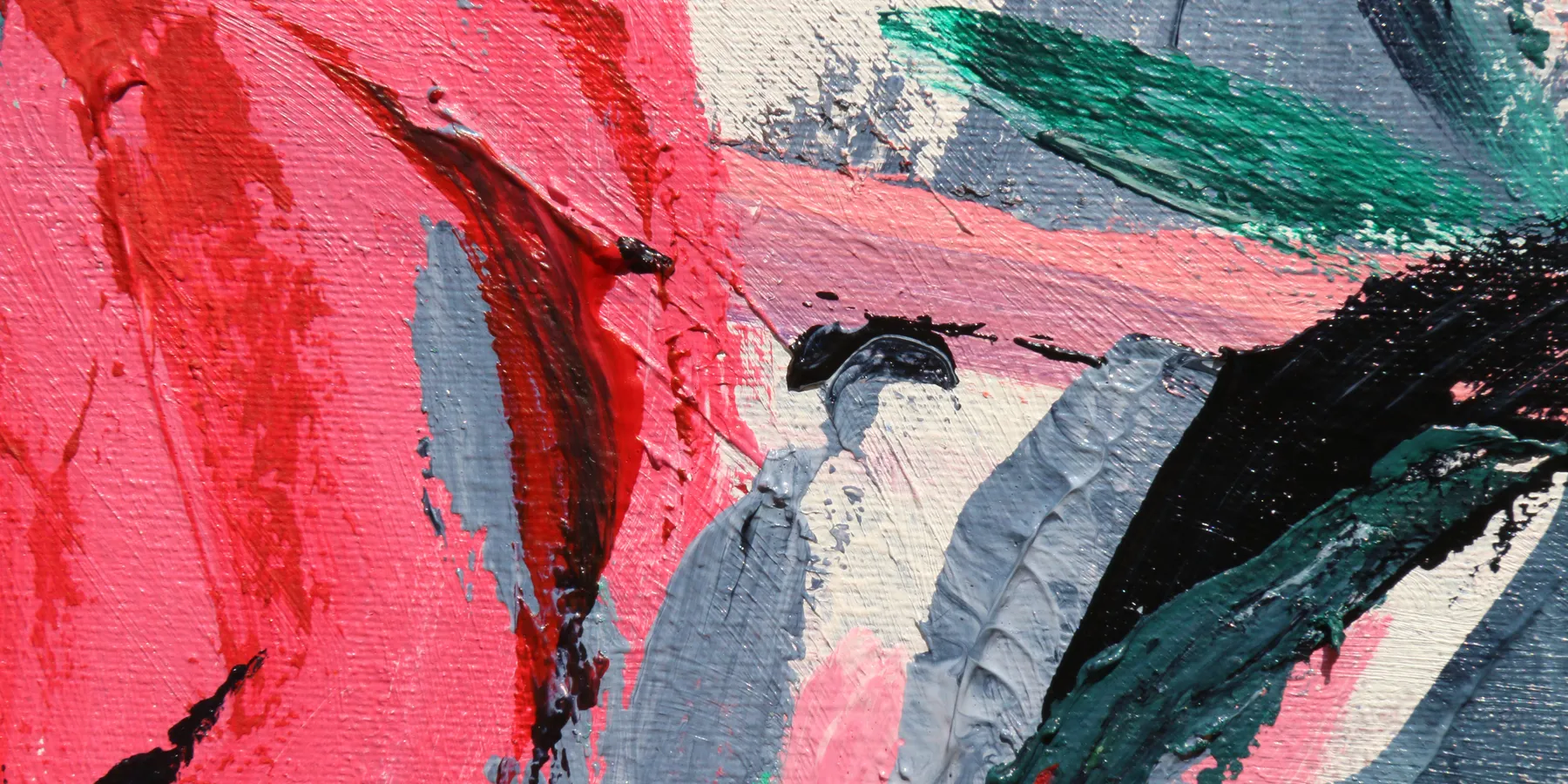In the fall of this year, students at the State University of New York (SUNY) public medical schools received unsettling news. The SUNY Board of Trustees decided to enact mid-year and retroactive 20 percent tuition increases at the SUNY public medical schools. What was particularly troubling about this was the further indication that this is only the first installment in a proposed series of similar annual tuition hikes for each of the next three years.
A few weeks ago, a further tuition hike was approved for New York public medical schools next year. This raises tuition for students at the Brooklyn, Buffalo, Stony Brook, and Syracuse campuses from $10,840 to $14,840 in less than 12 months. SUNY Chancellor Robert L. King has cited rising costs in medical education, a decline in federal and state funds for graduate medical education and the need to maintain quality as reasons for an increase.
Similarly, we're told that New York state medical school tuition will stay 'competitive' with other state schools even after two further increases. Average tuition and fees for first-years at public medical schools has already increased by over 300 percent between 1981 and 1999, and it shows no signs of stopping.
On its website, SUNY indicates that it has "gone to great lengths to ensure the broadest possible access to its institutions for students of all income and ethnic groups, and from all the state's regions." However, this series of medical school tuition increases will raise a barrier to access to a public medical education, preventing some from entering the medical profession altogether. This barrier to students seeking access to a public medical education will readily translate into barriers to patients seeking healthcare in underserved rural and urban communities.
Physicians from economically disadvantaged and medically underserved communities often return to provide health care in those communities after their training. Medical students from such areas, who are already straining themselves financially to attend medical school, would be the most adversely affected by this relentless series of coercive tuition hikes. Many of these students chose to remain close to home for medical school as a way of serving their communities and decreasing their potential debt burden on graduation from medical school. Increased debt burdens may deter these students from considering careers in primary care and returning to practice in their communities, as they struggle to repay much more in educational loans than expected.
Students at private medical schools are also starting to get very concerned. Private medical schools often set tuition to "whatever the market can bear" -- and if SUNY medical school tuition goes up drastically, private medical schools may soon experience similar increases to balance out the market. The result could be a medical school market which prices out the economically disadvantaged students and trains the richest rather than the brightest students.
While raising SUNY medical school tuition may be a convenient short-term solution to a budget shortfall, the long-term consequences of this action will impact future physicians, as well as access to health care for the citizens of New York State.




